Lab Equipment
1/32
Earn XP
Description and Tags
Lab equipment and their functions.
Name | Mastery | Learn | Test | Matching | Spaced |
|---|
No study sessions yet.
33 Terms
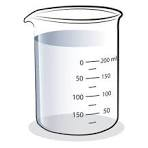
Beaker
Used for mixing, stirring, transferring, and heating chemicals
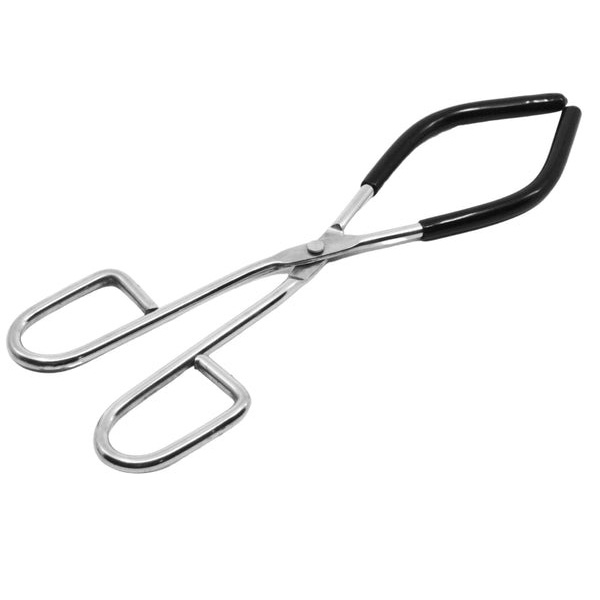
Beaker tongs
Used to safely handle and move hot beakers
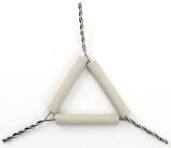
Clay triangle
Supports a crucible when it’s being heated over a Bunsen burner. It allows even heating and keeps the crucible steady.
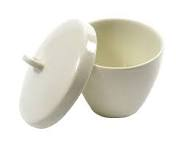
Crucible and lid
Used to heat small amounts of solids at high temperatures without contamination and limits oxygen
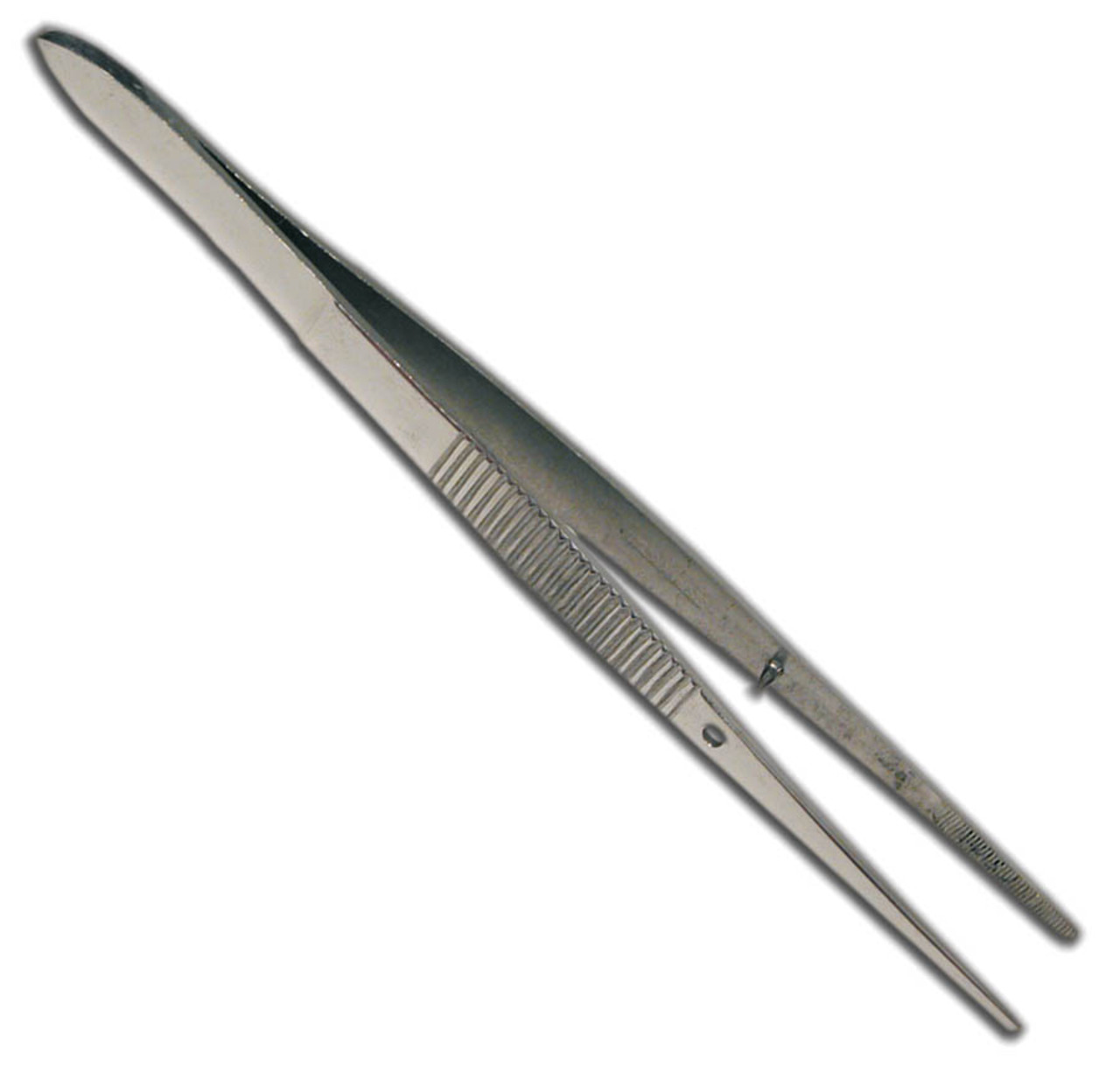
Forceps
Used for picking up or holding small, delicate objects that shouldn’t be touched by hand.
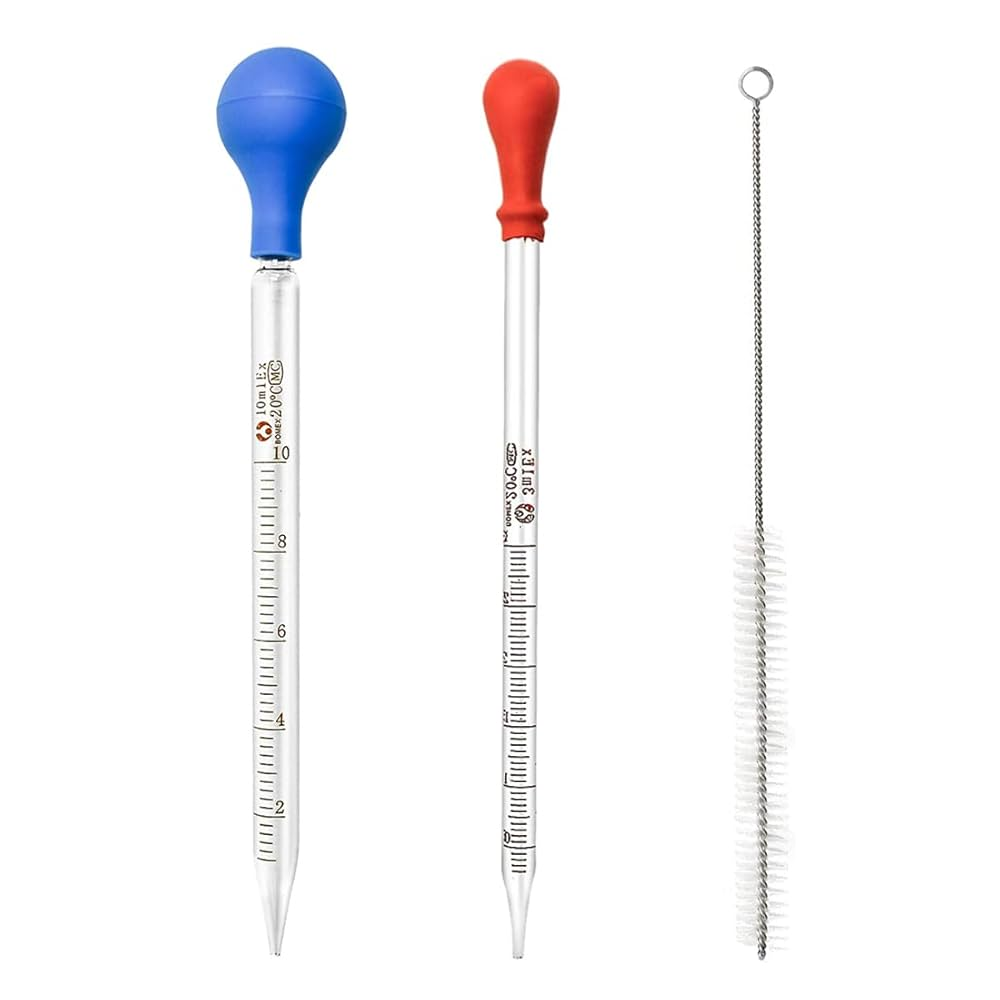
Dropper
Used to transfer small and precise amounts of liquid from one container to another.
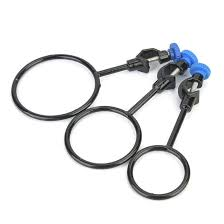
Iron ring
Attaches to a retort stand and holds items like funnels, wire gauze, or clay triangles during heating or filtering.
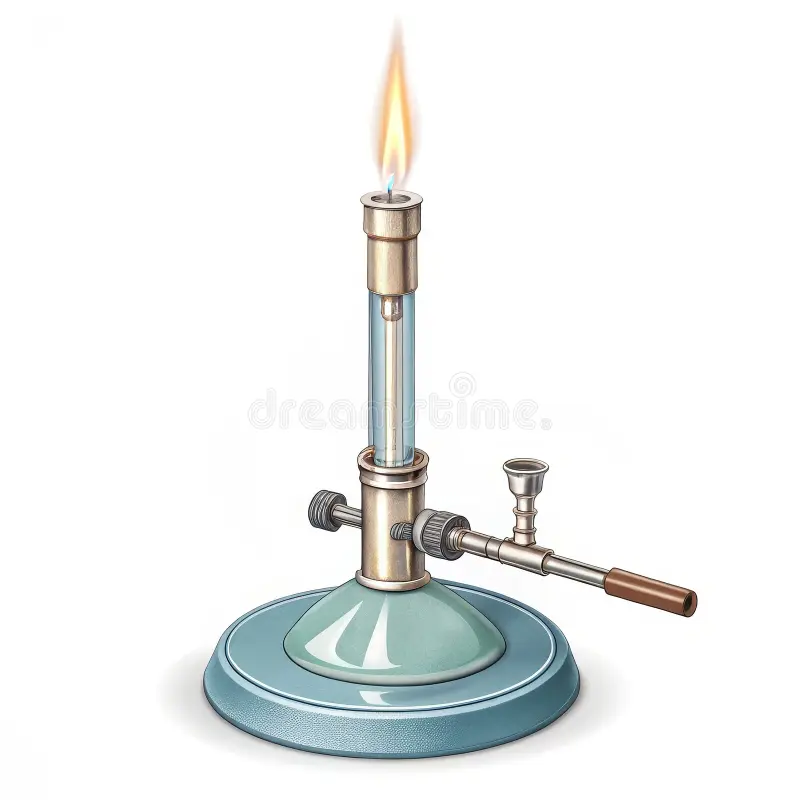
Bunsen burner
Used to make a small, steady flame for heating things in experiments.
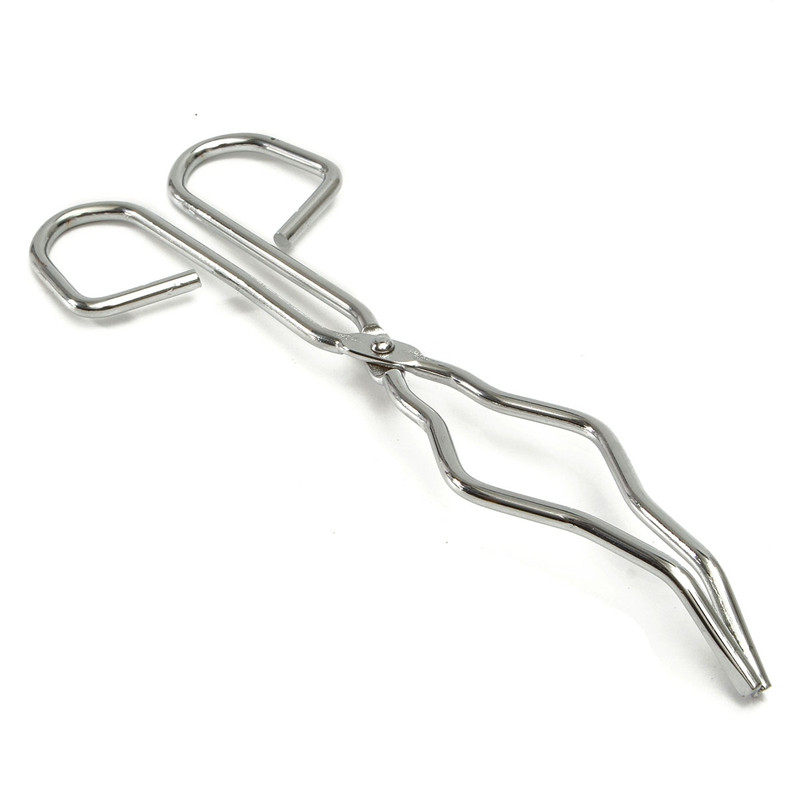
Crucible tongs
Used to pick up or move hot objects like crucibles or beakers safely.
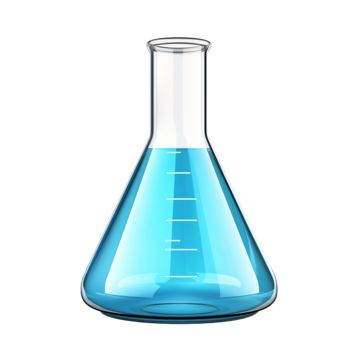
Erlenmeyer flask
Used for heating, mixing, and storing liquids. Its conical shape prevents spills and allows swirling without splashing.
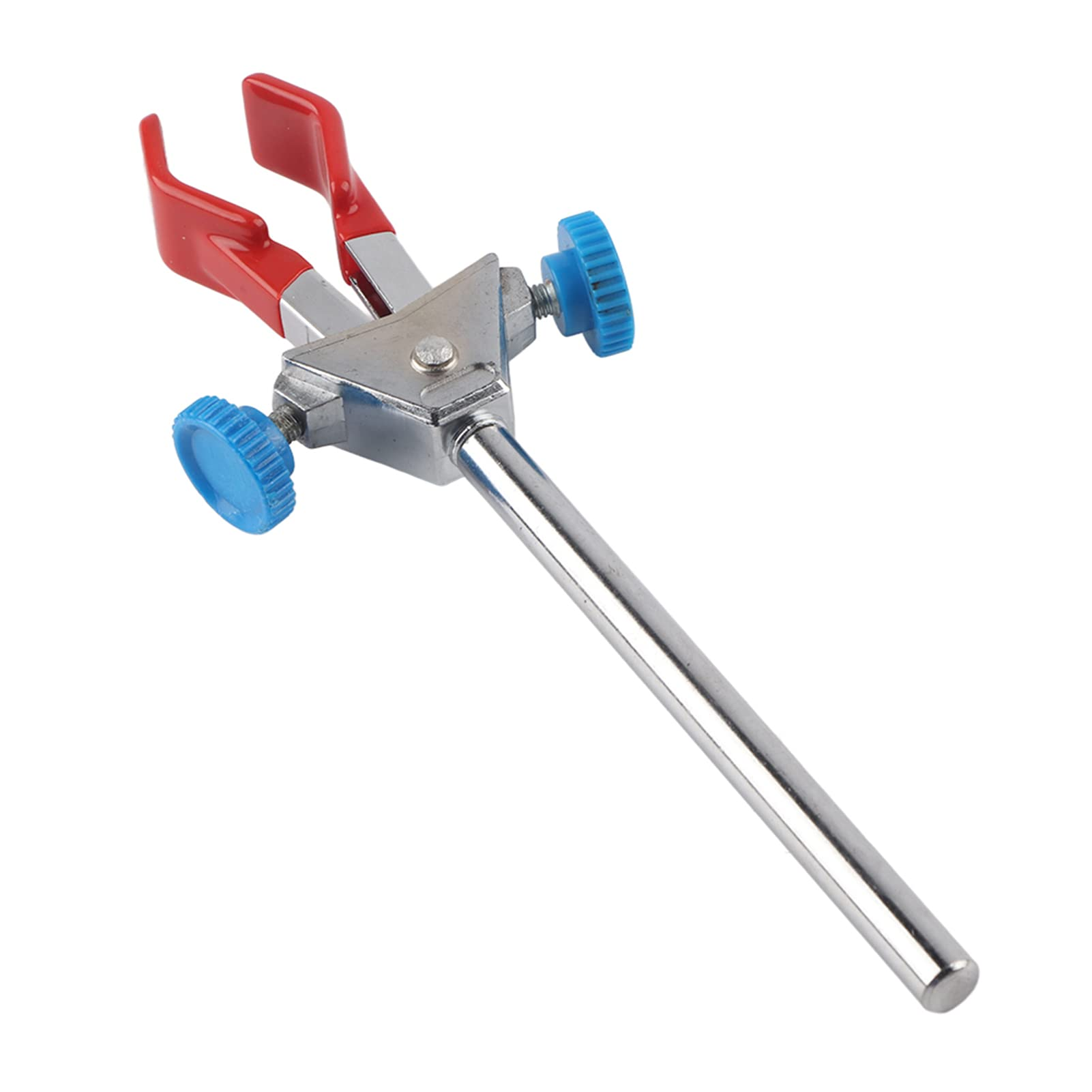
Flask clamp
Holds flasks firmly in place on a retort stand during heating or mixing.
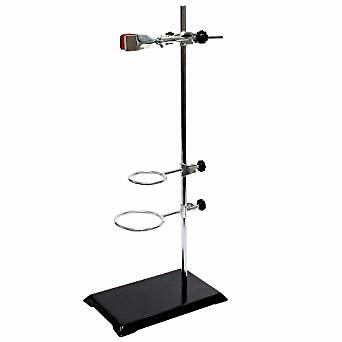
Retort stand
Holds and supports lab equipment above a Bunsen burner or table using clamps and rings.
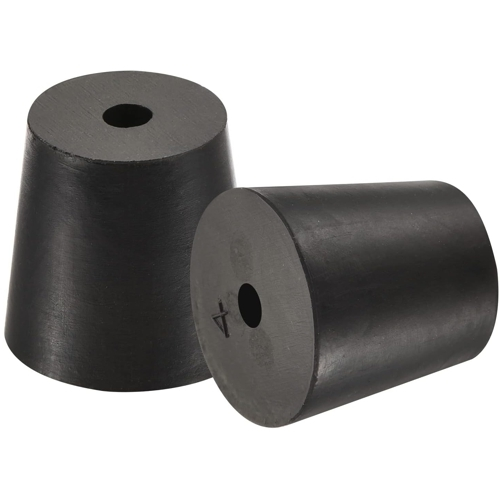
Rubber stoppers
Used to seal openings of test tubes or flasks to prevent spills or gas escape during experiments.
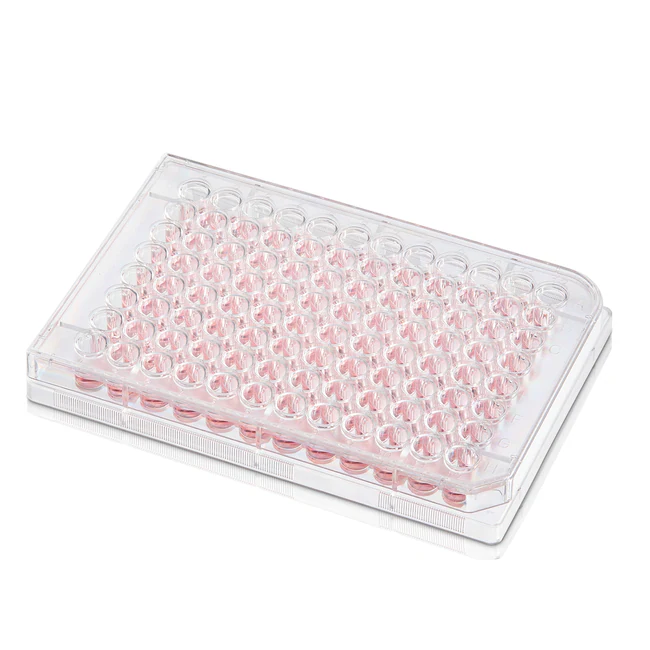
Microwell/spot plate
Contains many small wells for holding tiny liquid samples. It’s used for reactions, testing, or observing colour changes.
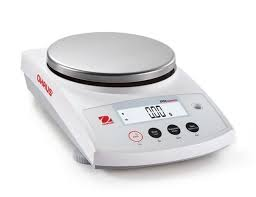
Electronic/digital balance
Measures the mass of solids, liquids, or powders accurately and quickly.
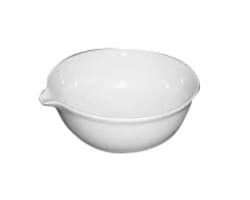
Evaporating dish
Used to heat and evaporate liquids, leaving behind dissolved solids. Ideal for separating solutions.
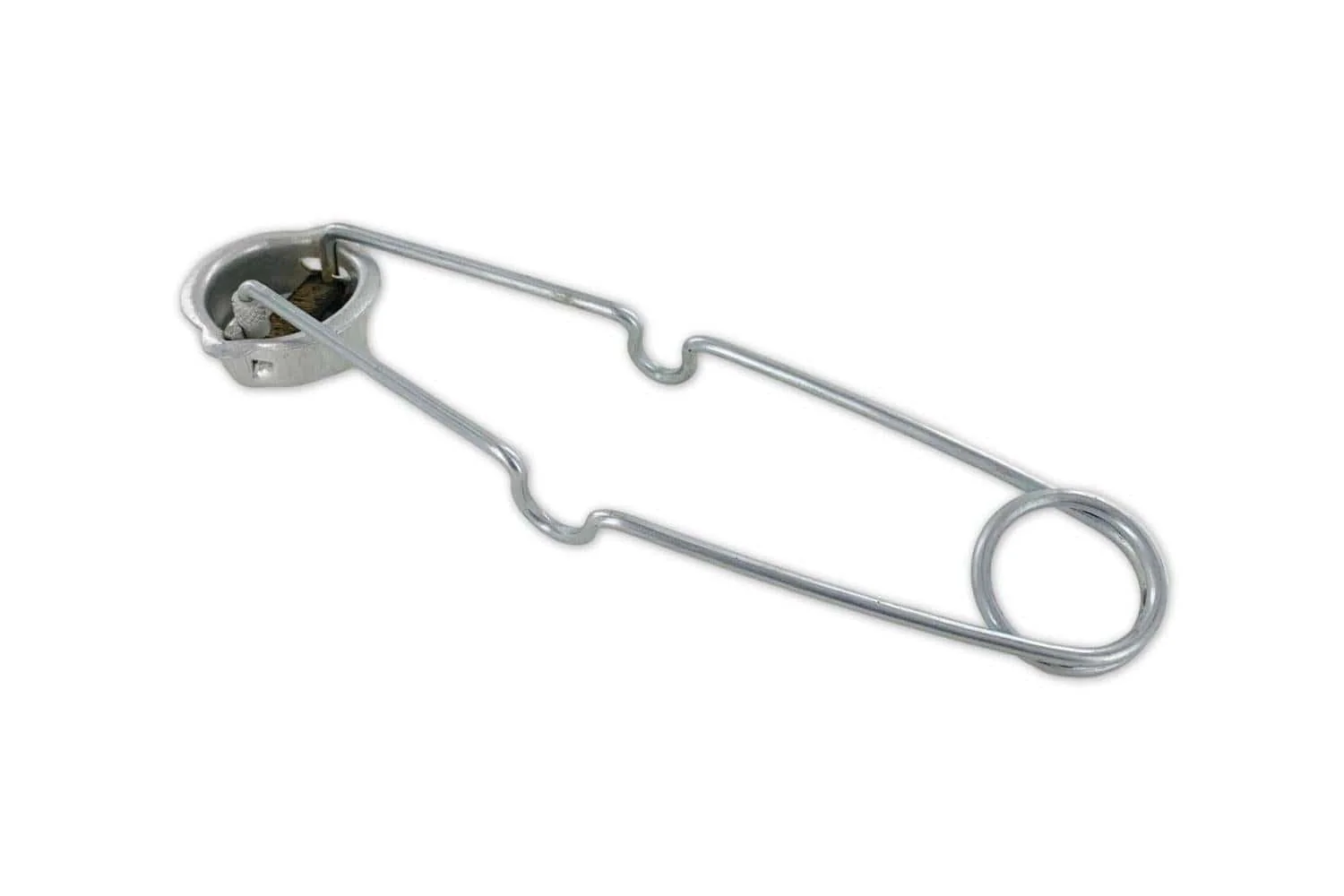
Flint lighter
Creates a spark to ignite a Bunsen burner safely.
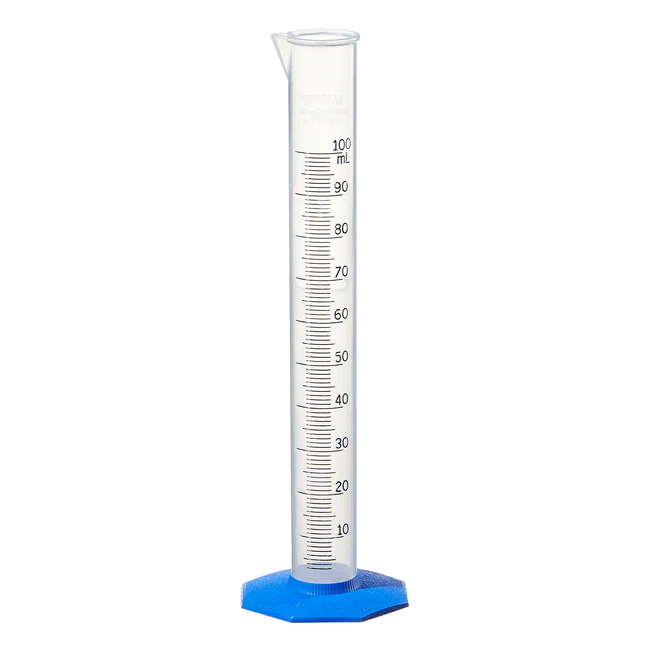
Graduated cylinder
Measures liquid volume precisely. It’s more accurate than a beaker or flask for volume readings.
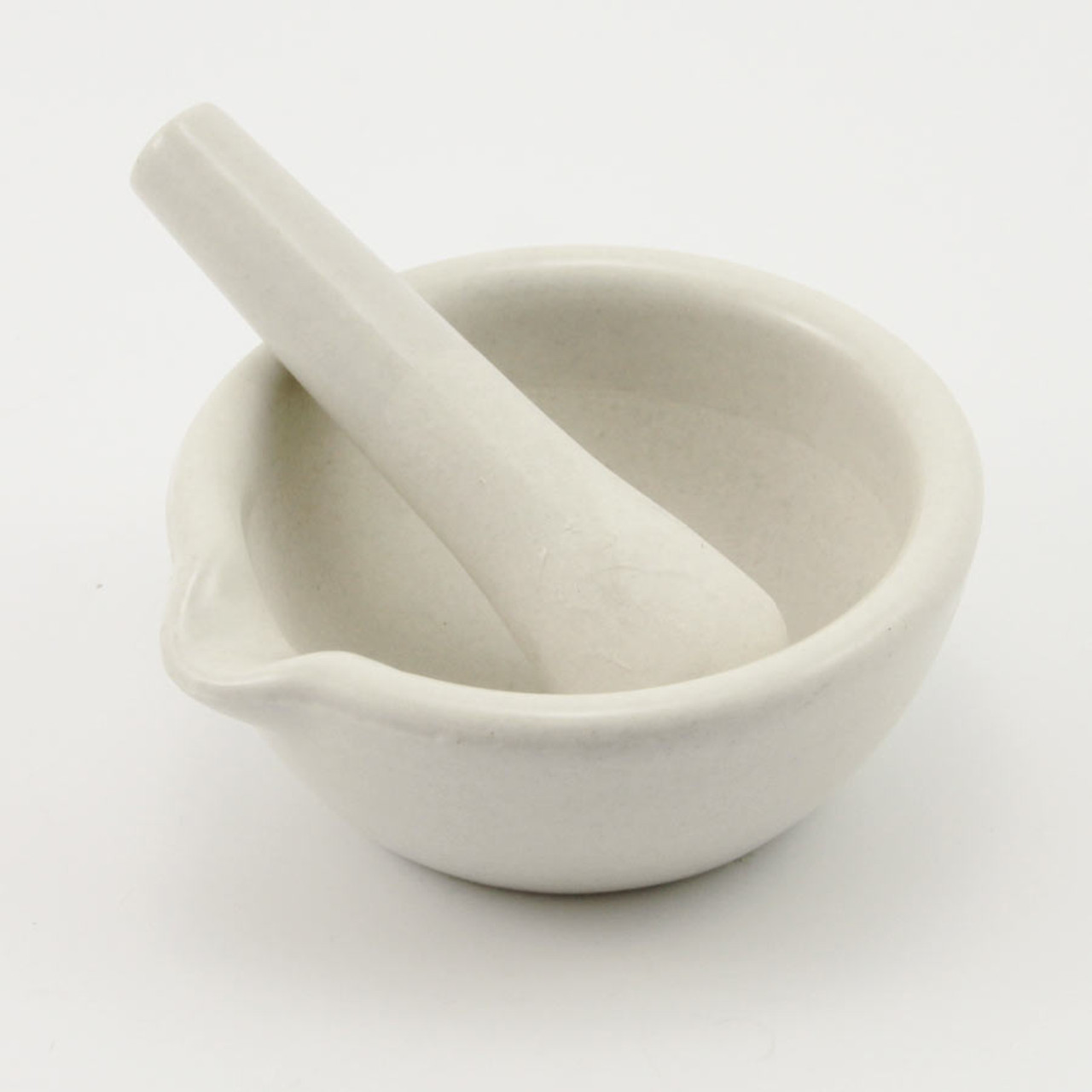
Mortar and pestle
Used to grind or crush solid chemicals into fine powder for better mixing or dissolving.
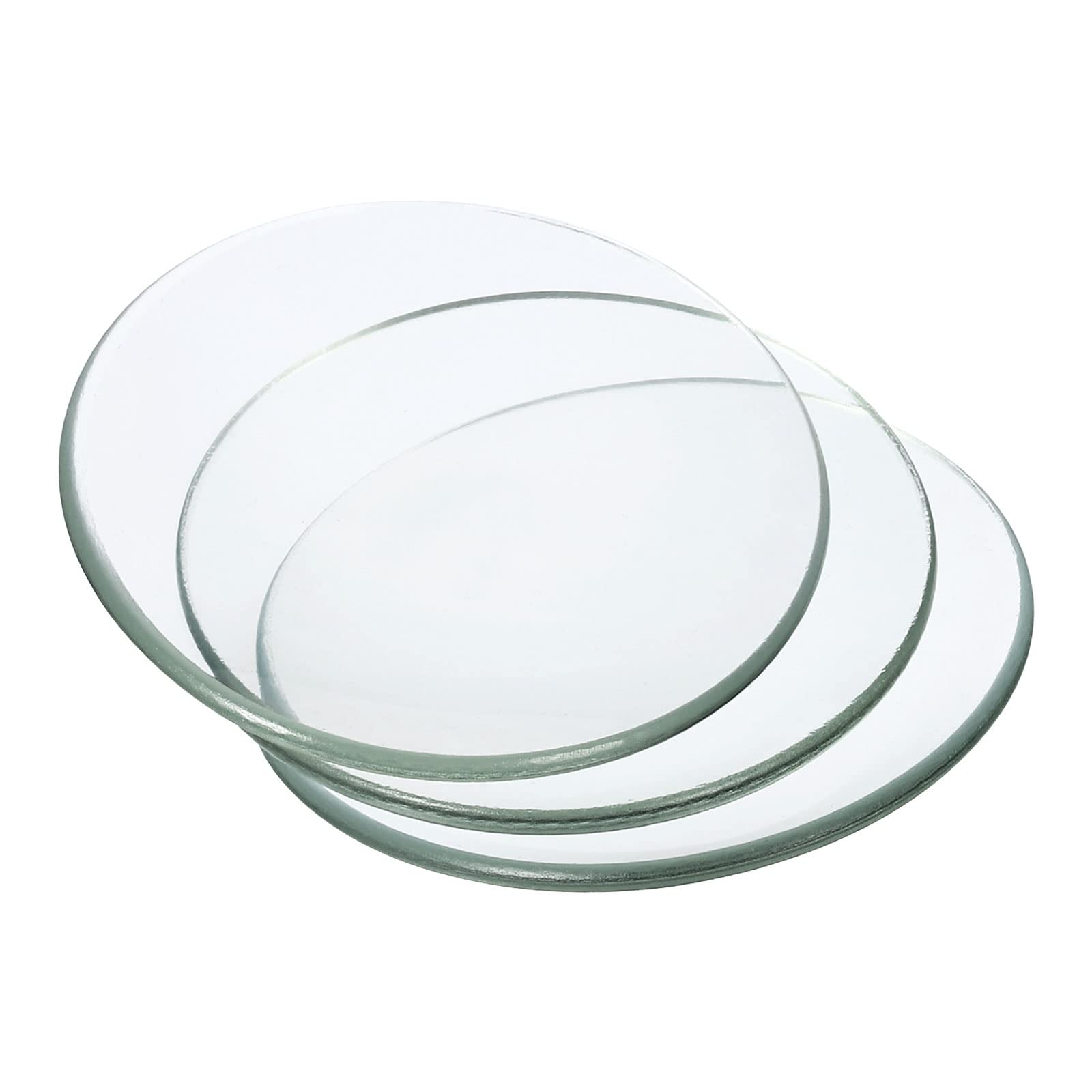
Watch glass
Used to show small chemical reactions and evaporate liquids
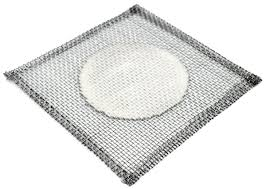
Wire gauze
Placed on an iron ring to support beakers during heating. It helps distribute heat evenly.

Goggles
Protect your eyes from chemicals, heat, and debris during experiments. Always worn for safety.
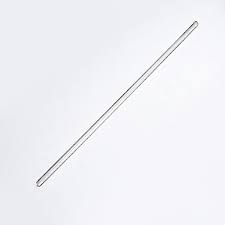
Stirring rod
Used to mix chemicals and liquids smoothly in beakers and flasks.
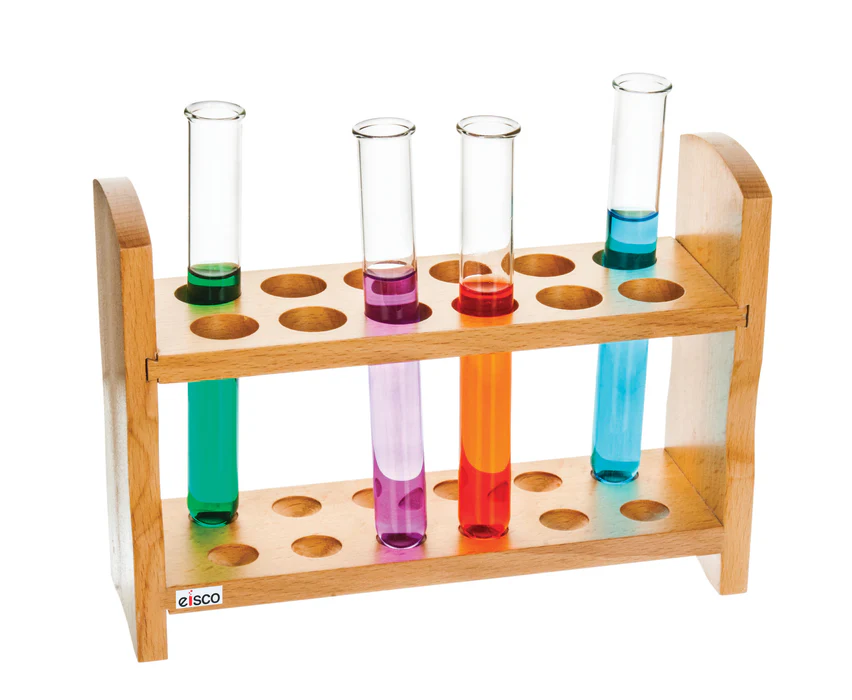
Test tube and rack
Test tubes are used to hold chemicals and observe small chemical reactions, while the test tube rack is used to safely hold and organize them. Always label your test tubes.
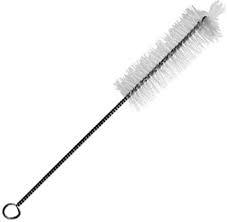
Test tube brush
Cleans the inside of test tubes and other small glassware throroughly.
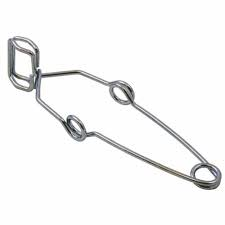
Test tube clamp
Holds a test tube securely, especially when heating it over a flame.
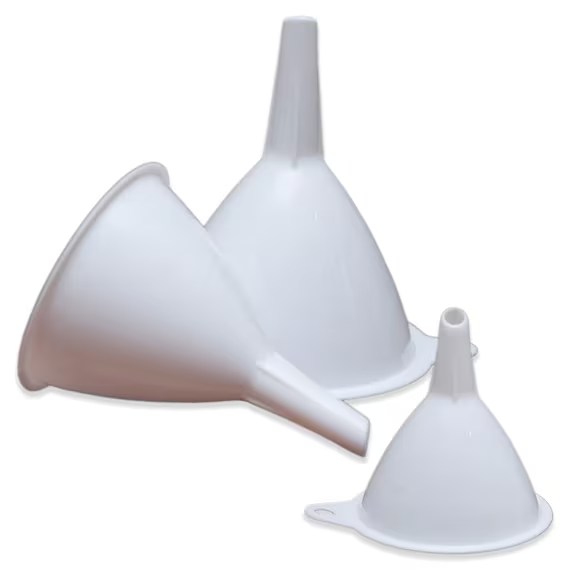
Funnel
Used to safely transfer substances from one container to another.
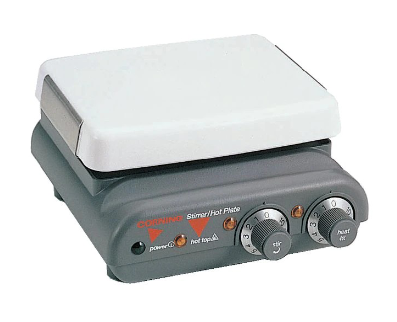
Hot plate
Used to heat substances in beakers and flasks.
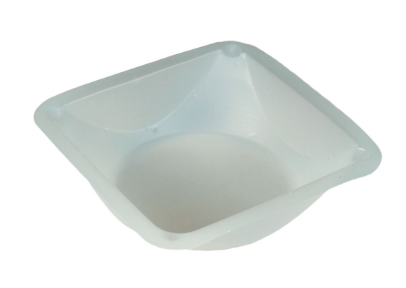
Weigh boat
Used to weigh small amounts of solid chemicals.
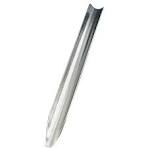
Scoopula
Used to scoop small amounts of solid chemicals.
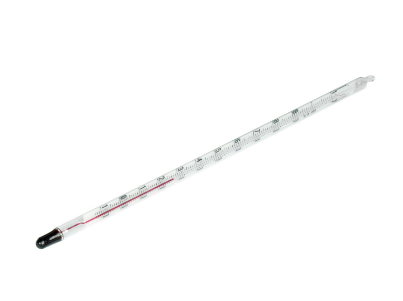
Thermometer
Used to measure temperature.
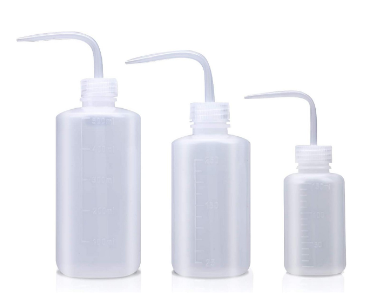
Wash Bottle
Usually contains distilled water and is used to add small amounts of distilled H₂O for chemical reactions.

Pipette
A pipette transfers small amounts of liquid. A graduated pipette measures specific volumes accurately.